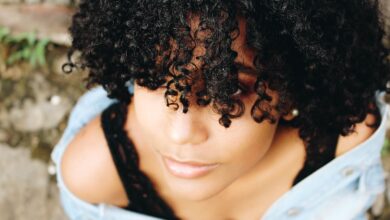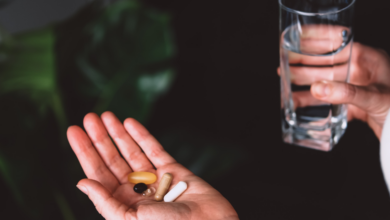
In need of some helpful tips to tackle hair thinning? Look no further! Check out “The Hair Thinning Guide: Expert Recommendations By Stylish.ae.” Packed with insightful advice from industry professionals, this guide is your go-to resource for understanding and addressing the common issue of hair thinning. Whether you’re seeking practical solutions or simply want to learn more about the causes and treatments of thinning hair, this guide has got you covered. Get ready to say hello to healthier, fuller locks!
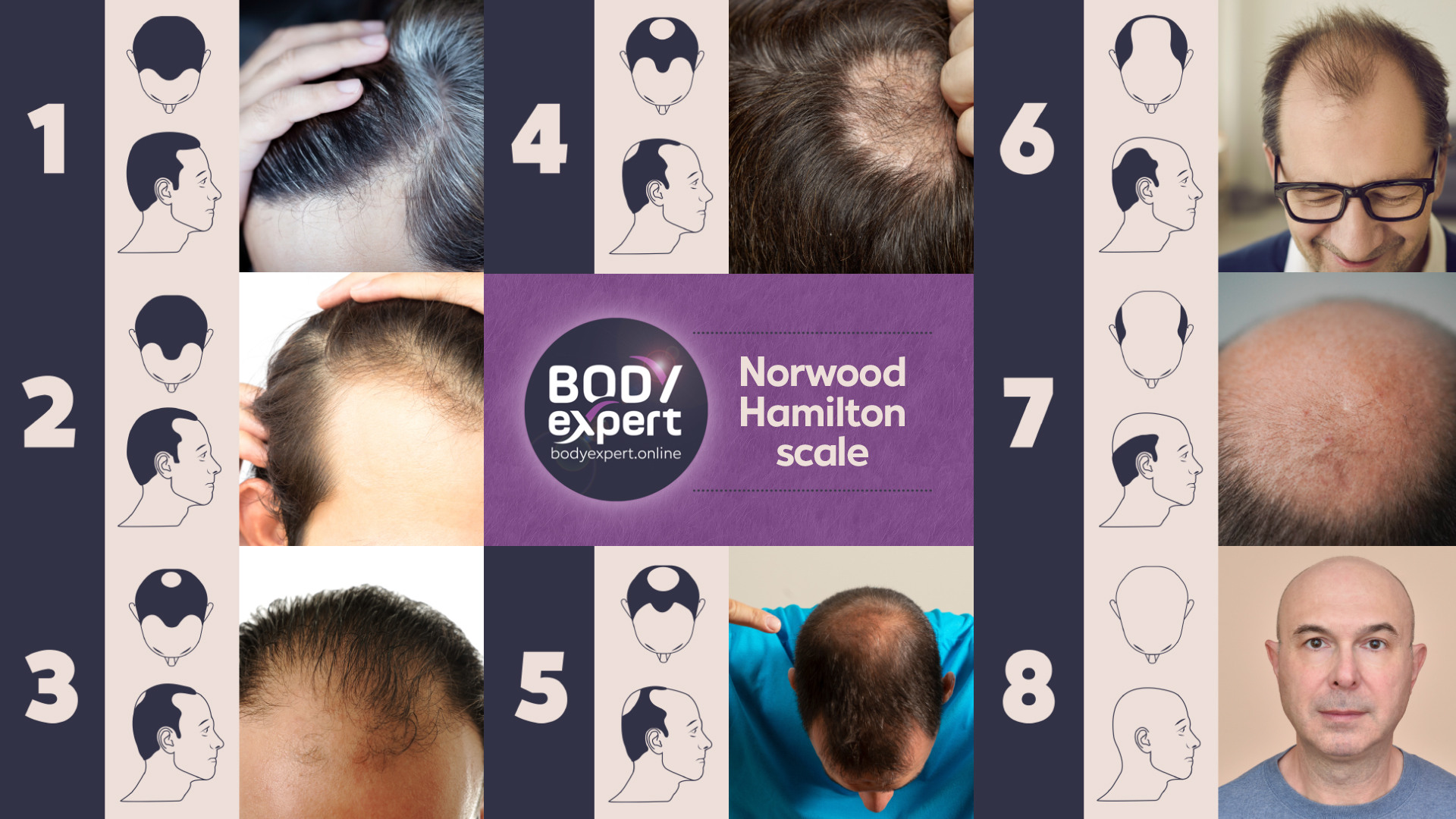
Causes of Hair Thinning
Hormonal imbalances
One of the leading causes of hair thinning is hormonal imbalances. Hormones play a crucial role in maintaining the hair growth cycle, and any disruption can result in the loss of hair density. A common hormonal imbalance that leads to hair loss is an excess of dihydrotestosterone (DHT), which can cause the hair follicles to shrink and eventually stop producing new hair strands.
Genetics
If you find yourself experiencing hair thinning, it’s essential to consider your family history. Genetic predisposition to hair loss, known as androgenetic alopecia, can affect both men and women. This condition leads to hair follicles becoming sensitive to DHT, resulting in the gradual shrinking of hair follicles and the production of thinner and shorter hair strands.
Aging
As we age, our hair naturally becomes thinner. This is primarily due to the decreasing production of the hormone estrogen in women and the gradual decrease in testosterone levels in men. Aging also affects the hair growth cycle, causing hair strands to become thinner and more prone to breakage.
Stress
High levels of stress can take a toll on your overall well-being, including your hair. Stress disrupts the normal hair growth cycle and can lead to excessive hair shedding. It can also trigger conditions like telogen effluvium, where a large number of hair follicles enter the resting phase simultaneously, resulting in noticeable hair thinning.
Nutritional deficiencies
Nutrition plays a vital role in maintaining healthy hair. Deficiencies in essential nutrients like vitamins A, C, D, and E, as well as minerals like iron and zinc, can contribute to hair thinning. A lack of these nutrients can weaken hair strands, making them more susceptible to damage and breakage.
Signs and Symptoms of Hair Thinning
Increased hair shedding
One of the first signs of hair thinning is an increase in the amount of hair shedding you notice on your hairbrush or pillow. While it is normal to shed some hair daily, excessive shedding can be a sign that your hair is becoming thinner.
Visible scalp
Another indication of hair thinning is a more visible scalp. You may notice that your hair no longer provides enough coverage, and your scalp becomes more apparent, especially around the crown and parting areas.
Thinning hair strands
When your hair begins to thin, you may notice that the individual strands become finer and less dense. Hair that was once thick and voluminous may start to appear flat and lackluster.
Receding hairline
For men, a receding hairline is a common sign of hair thinning. The hairline gradually starts to move backward, revealing more forehead. Women can also experience a receding hairline, although it typically presents differently than in men.
Bald patches
In some cases of hair thinning, bald patches or areas of complete hair loss may develop. These patches can occur anywhere on the scalp and can be a source of distress for many individuals.
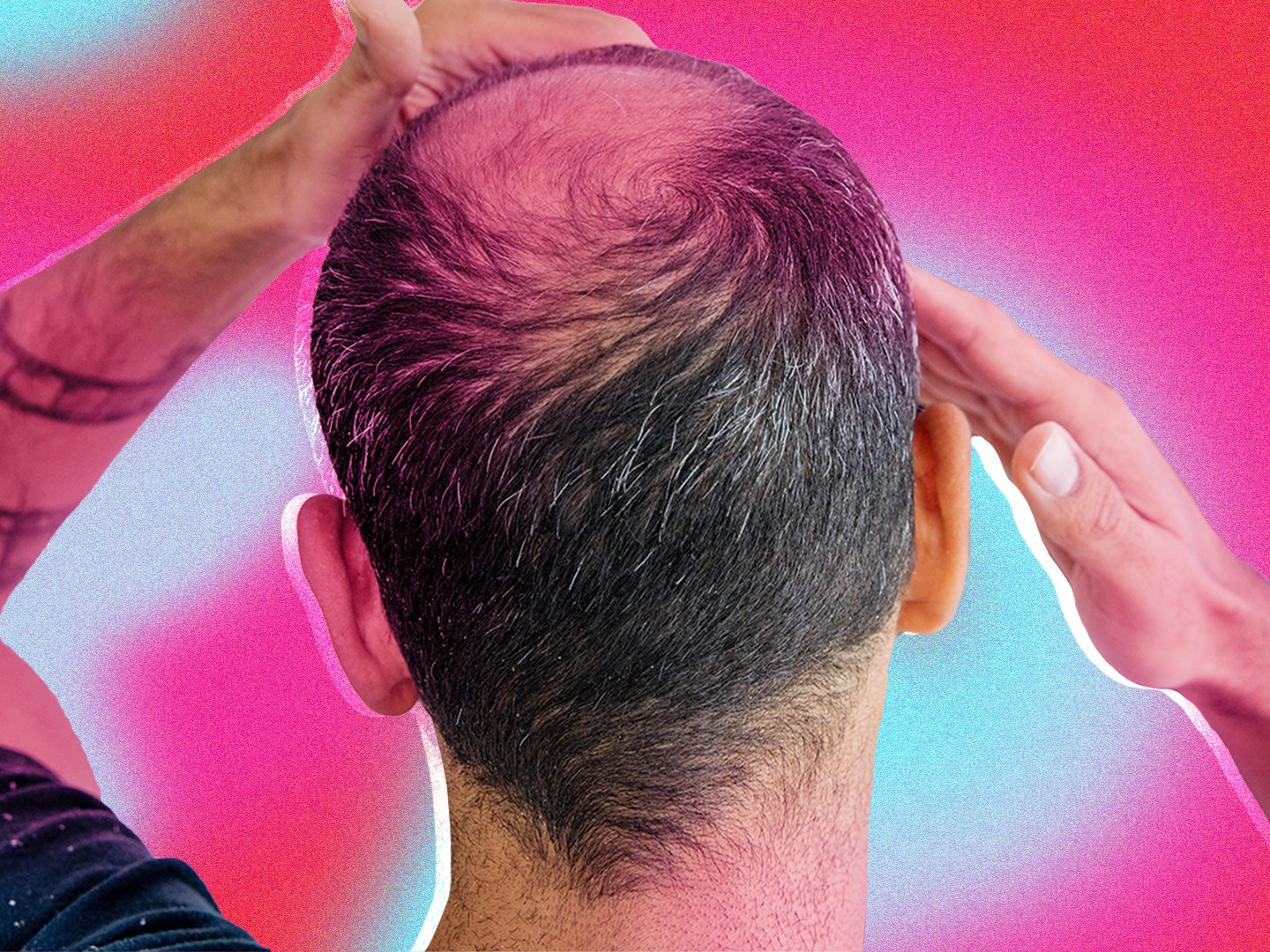
Preventing Hair Thinning
Maintain a balanced and nutritious diet
A healthy and balanced diet is crucial for maintaining overall hair health. Include foods rich in vitamins, minerals, and proteins, such as leafy greens, fruits, lean meats, and legumes. Omega-3 fatty acids found in foods like salmon and walnuts can also promote hair growth and prevent thinning.
Avoid heat styling tools and harsh chemical treatments
Excessive heat from styling tools like flat irons and curling wands can damage the hair shaft and lead to hair thinning. Similarly, harsh chemical treatments like perming, relaxing, or coloring can weaken the hair and make it prone to breakage. Limit the use of these styling tools and opt for gentle and natural hair care products.
Protect your hair from environmental damage
Environmental factors like sun exposure, pollution, and humidity can damage hair and contribute to thinning. Protect your hair by wearing a hat or using a leave-in conditioner with SPF when spending time in the sun. Minimize exposure to pollution and consider using a purifying shampoo to remove any buildup.
Manage stress levels
As stress can be a significant factor in hair thinning, it is essential to find healthy ways to manage and reduce stress levels. Engaging in activities like yoga, meditation, or regular exercise can help alleviate stress and promote overall well-being, including the health of your hair.
Regular scalp massages
Scalp massages are not only relaxing but can also help improve blood circulation to the hair follicles, promoting hair growth and preventing hair thinning. Use your fingertips to massage your scalp gently for a few minutes each day, or consider using a scalp massage brush to stimulate blood flow further.
Haircare Products for Thinning Hair
Volumizing shampoos and conditioners
Volumizing shampoos and conditioners can help add thickness and fullness to thinning hair. Look for products that contain ingredients like biotin, panthenol, and keratin, as they can strengthen the hair shaft and provide a volumizing effect.
Hair loss prevention treatments
There are various over-the-counter and prescription treatments available for preventing hair loss and promoting hair growth. These treatments often contain active ingredients like minoxidil, which can stimulate hair follicles and prolong the growth phase of hair strands.
Hair thickening serums
Hair thickening serums are designed to add temporary thickness and volume to the hair. They often contain ingredients like hydrolyzed wheat protein or collagen, which can plump up the hair strands and create a fuller appearance.
Scalp stimulating oils
Massaging the scalp with stimulating oils can help improve blood flow to the hair follicles, promoting hair growth and preventing hair thinning. Look for oils like rosemary, peppermint, or lavender, as they have been shown to have stimulating properties.
Leave-in conditioners for added moisture
Dry and brittle hair is more prone to breakage and thinning. Using a leave-in conditioner can provide extra moisture and nourishment to the hair strands, making them more resilient and less likely to break.
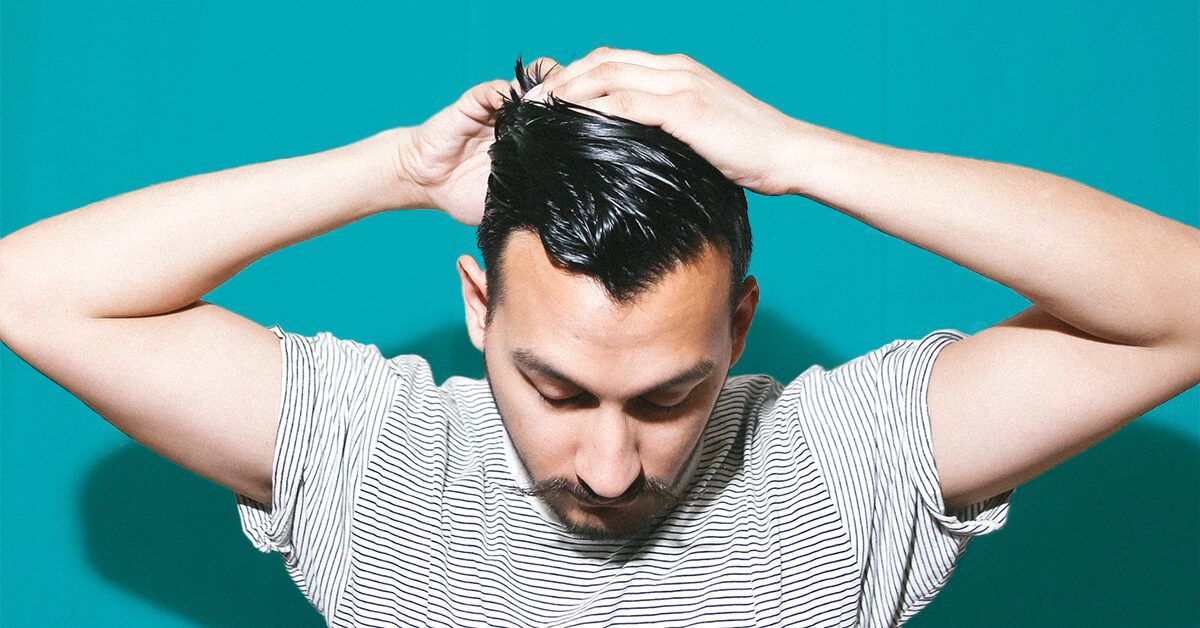
Hair Styling Tips for Thinning Hair
Choose a suitable haircut
When it comes to styling thinning hair, choosing the right haircut can make a significant difference. Opt for shorter haircuts that add texture and movement, as this can create the illusion of thicker hair. Layers, choppy cuts, and pixie styles can all be flattering for thinning hair.
Utilize volumizing styling techniques
Using styling techniques that add volume to the hair can help create the appearance of thickness. Consider using a round brush to lift the roots when blow-drying, or try backcombing or teasing the hair at the crown for added volume.
Avoid tight hairstyles
Tight hairstyles like ponytails, braids, or buns can put excessive tension on the hair and lead to breakage, especially in individuals with thinning hair. Instead, opt for looser hairstyles that allow your hair to move freely and minimize damage.
Use color techniques to create an illusion of thickness
Strategic color techniques can give the illusion of thicker hair. For example, creating highlights or lowlights can add dimension and make the hair appear fuller. It is best to consult with a professional colorist to determine the most suitable technique for your hair type and desired look.
Avoid excessive use of styling products
While styling products can be useful for achieving certain hairstyles, excessive use of these products can weigh down the hair and make it appear flat. Use minimal amounts of styling products and opt for lightweight formulas to avoid further thinning.
Home Remedies for Hair Thinning
Onion juice treatment
Onion juice has been long used as a home remedy for improving hair growth and preventing hair thinning. Massage freshly extracted onion juice into the scalp and leave it on for at least 30 minutes before rinsing with a mild shampoo. Onion juice contains sulfur compounds that can stimulate hair follicles and promote hair growth.
Egg mask
Eggs are a rich source of protein, which is essential for hair growth and thickness. Create an egg mask by whisking an egg and applying it to the hair and scalp. Leave the mask on for 20-30 minutes before rinsing with lukewarm water. The mask can help strengthen the hair and provide added shine.
Aloe vera gel application
Aloe vera gel has soothing and moisturizing properties that can benefit the scalp and hair. Extract fresh aloe vera gel and apply it directly to the scalp, massaging gently. Leave it on for about 30 minutes before rinsing. Aloe vera can help reduce inflammation, nourish the hair follicles, and promote healthier hair growth.
Essential oil scalp massage
Certain essential oils like peppermint, rosemary, and lavender have been shown to have stimulating properties that can promote hair growth and prevent thinning. Mix a few drops of your preferred essential oil with a carrier oil, such as coconut or jojoba oil, and massage it into your scalp. Leave it on for at least 30 minutes before rinsing.
Green tea rinse
Green tea is known for its anti-inflammatory and antioxidant properties, which can benefit the scalp and hair. Brew green tea and allow it to cool. After washing your hair, pour the cooled tea over your scalp and hair as a final rinse. Green tea can help soothe the scalp, reduce inflammation, and promote healthier hair growth.
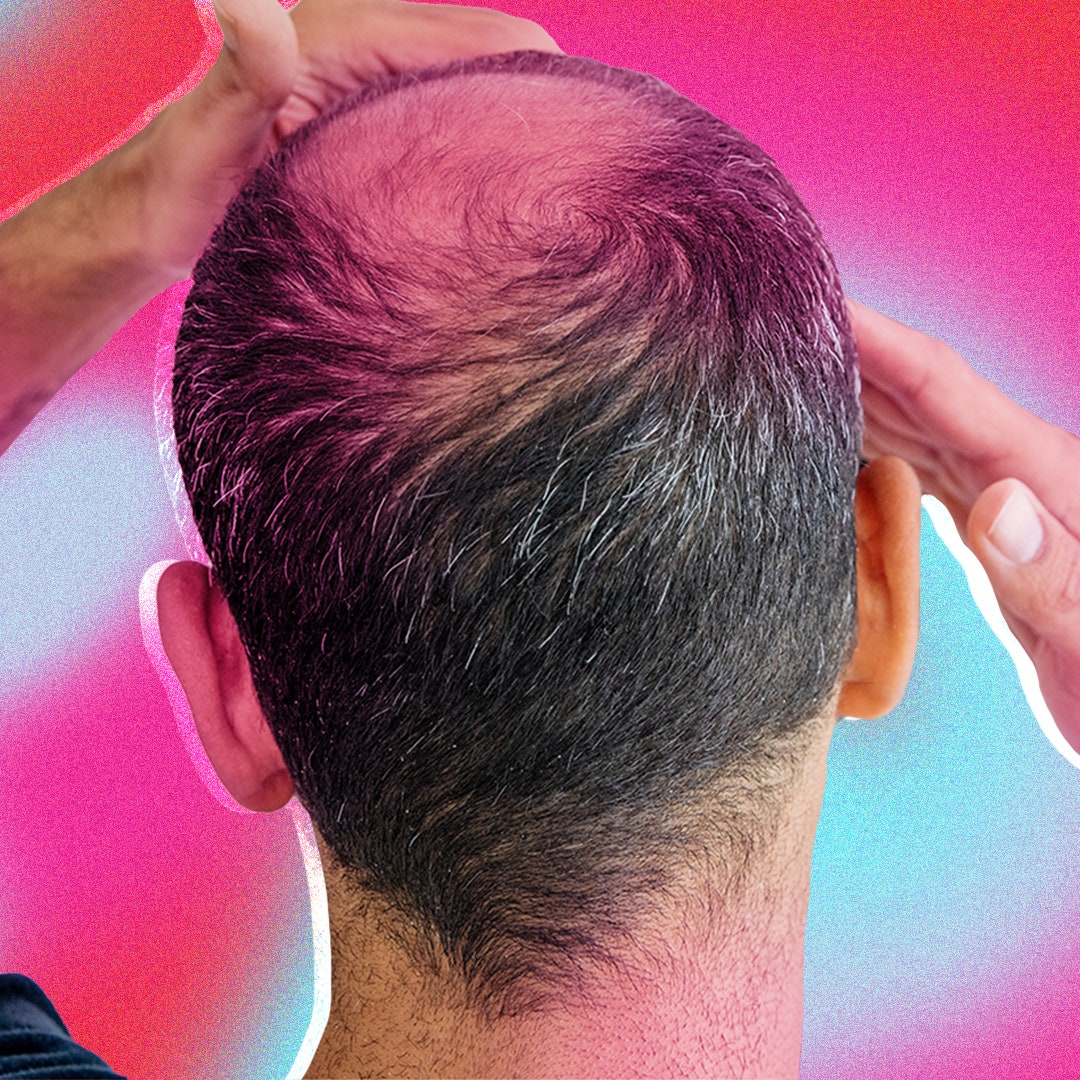
Medical Treatments for Hair Thinning
Topical minoxidil
Minoxidil is an FDA-approved medication available in a topical solution or foam form. It is applied directly to the scalp and can help stimulate hair growth and prevent hair loss. Minoxidil is available over the counter and can be used by both men and women.
Oral medications like finasteride
Finasteride is an oral medication that is primarily used to treat hair loss in men. It works by blocking the production of DHT, the hormone responsible for hair follicle shrinkage. Finasteride requires a prescription and should only be used under medical supervision.
Platelet-rich plasma therapy (PRP)
PRP therapy involves drawing a sample of your blood, processing it to isolate the platelet-rich plasma, and injecting it into the scalp. The growth factors present in the plasma help stimulate hair follicles and promote hair growth. PRP therapy is performed in a clinic under medical supervision.
Hair transplants
Hair transplant surgery involves taking hair follicles from a donor area (usually the back of the head) and transplanting them into the thinning or bald areas. This surgical procedure can provide long-term and natural-looking results, but it is essential to consult with a qualified surgeon to determine if you are a suitable candidate.
Low-level laser therapy (LLLT)
LLLT involves the use of a red light-emitting device or laser comb that is applied to the scalp. The light stimulates the hair follicles and promotes hair growth. LLLT is a non-invasive treatment option that can be used at home or in a clinic setting.
When to Seek Professional Help
Consult a trichologist or dermatologist
If you are experiencing significant hair thinning or are concerned about your hair health, it is advisable to consult with a trichologist or dermatologist. These healthcare professionals specialize in diagnosing and treating hair and scalp conditions and can provide expert advice tailored to your specific needs.
Specialized hair loss clinics
Specialized hair loss clinics offer comprehensive evaluations and treatment options for individuals experiencing hair thinning. These clinics may use advanced techniques and technologies to assess your hair and provide personalized solutions to address your specific concerns.
Underlying health conditions
In some cases, hair thinning may be a symptom of an underlying health condition. If you notice sudden or severe hair loss, it is essential to consult your primary healthcare provider to rule out any underlying medical conditions or hormonal imbalances that may be contributing to the thinning.
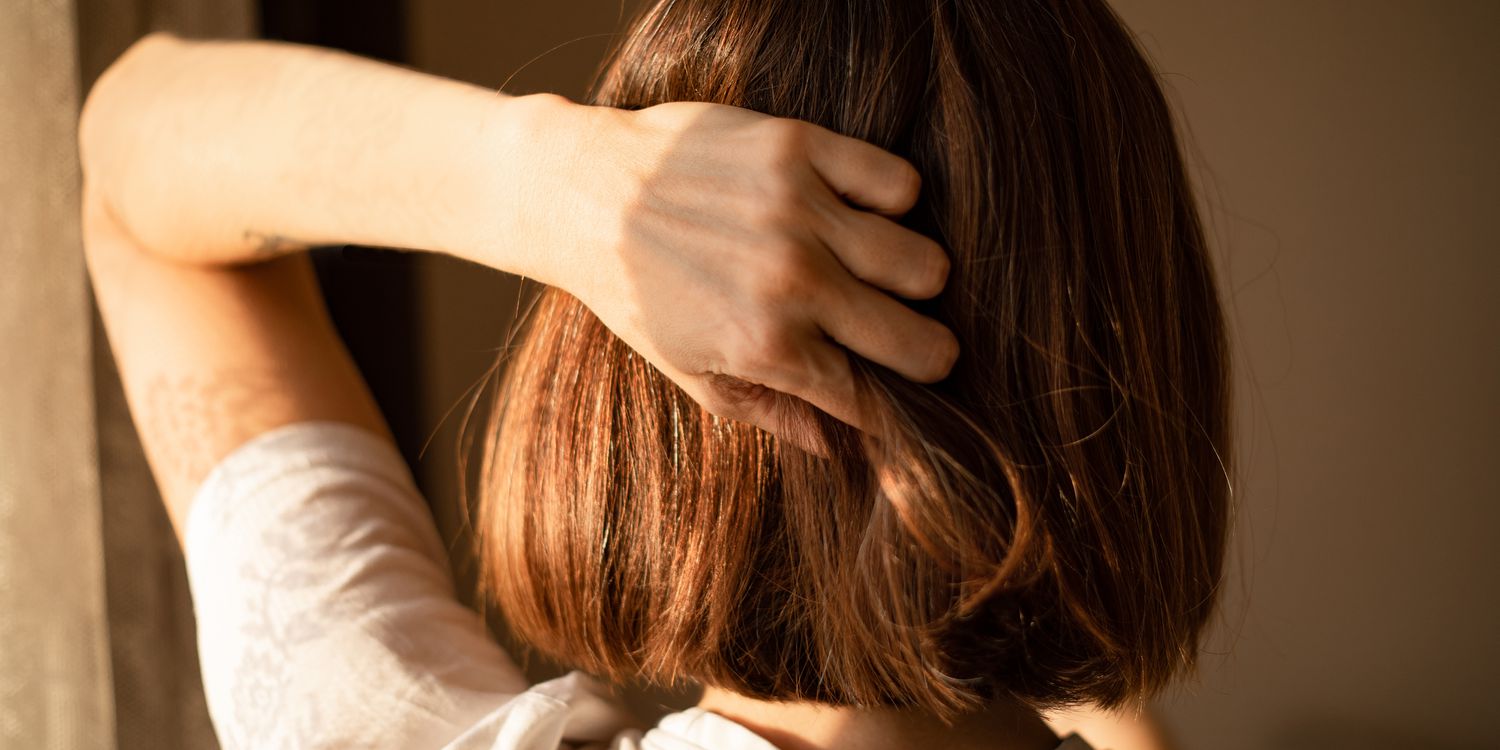
Lifestyle Changes for Healthier Hair
Staying hydrated
Drinking an adequate amount of water is crucial for maintaining healthy hair. Hydration helps to nourish the hair follicles and promote hair growth. Aim to drink at least 8 glasses of water per day to keep your body and hair properly hydrated.
Regular exercise and good sleep patterns
Regular exercise can improve blood circulation and promote overall well-being, including the health of your hair. Engaging in activities like jogging, yoga, or swimming can help reduce stress levels and support healthy hair growth. Additionally, ensuring you get enough quality sleep each night is essential for your body to repair and rejuvenate, including your hair.
Avoiding smoking and excessive alcohol consumption
Smoking and excessive alcohol consumption can have detrimental effects on your hair. These habits can restrict blood flow to the hair follicles, depriving them of essential nutrients and oxygen. Quitting smoking and moderating alcohol intake can positively impact the health and thickness of your hair.
Avoiding tight hats or headgear
Wearing tight hats or headgear for extended periods can restrict blood flow to the scalp and put unnecessary pressure on the hair follicles. Opt for hats with loose bands or consider using a silk or satin scarf to protect your hair while minimizing any potential damage.
Using satin or silk pillowcases
Cotton pillowcases can create friction and lead to hair breakage and thinning. Switching to satin or silk pillowcases can reduce friction and help maintain the condition of your hair. These materials are also gentle on the scalp and can help prevent tangling and breakage.
Embracing Hair Thinning
Hairstyles that embrace thin hair
Instead of constantly trying to conceal thinning hair, consider embracing and celebrating your natural hair texture and volume. There are numerous hairstyles that complement thin hair, such as short pixie cuts, layered styles, or even embracing a shaved head. Experiment with different looks and find a style that makes you feel confident and fabulous.
Confidence boosters
Thinning hair can impact one’s self-esteem, but it’s essential to remember that beauty comes from within. Focus on cultivating self-confidence by practicing self-care, engaging in activities that bring you joy, and surrounding yourself with positive influences. Embrace your unique qualities and let your inner beauty shine.
Support groups and counseling
If you find it challenging to cope with hair thinning, consider seeking support from others who may be going through a similar experience. Joining support groups or speaking with a counselor can provide a safe space to express your feelings and gain valuable insights and advice from others who understand your journey.
Hair accessories to add flair
Hair accessories can be a fun way to add flair and style to your hair, even if it is thinning. Experiment with headbands, scarves, hair clips, or sparkly pins to create unique looks that draw attention to your accessories rather than your hair thickness.
Acceptance and self-love
Above all, it is crucial to practice self-acceptance and self-love. Your worth is not defined by the thickness of your hair. Embrace your unique beauty and focus on nurturing your overall well-being. Remember, true beauty radiates from within, and a confident and contented approach to life can make all the difference.


